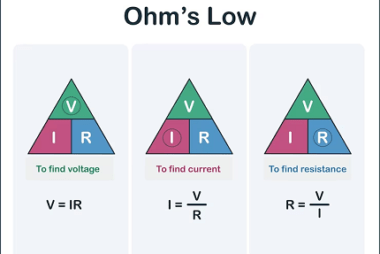Advance Course AIIMS-SYLLABUS Physics syllabus Electrical Resistivity
Electrical Resistivity Electrical resistivity is a fundamental property of materials that describes their ability to impede the flow of electric current. It is a measure of how strongly a material opposes the passage of electric charges. Resistivity is denoted by the symbol “ρ” (rho) and is measured in ohm-meters (Ω·m) or ohm-centimeters (Ω·cm). Resistivity depends…









